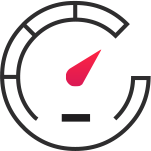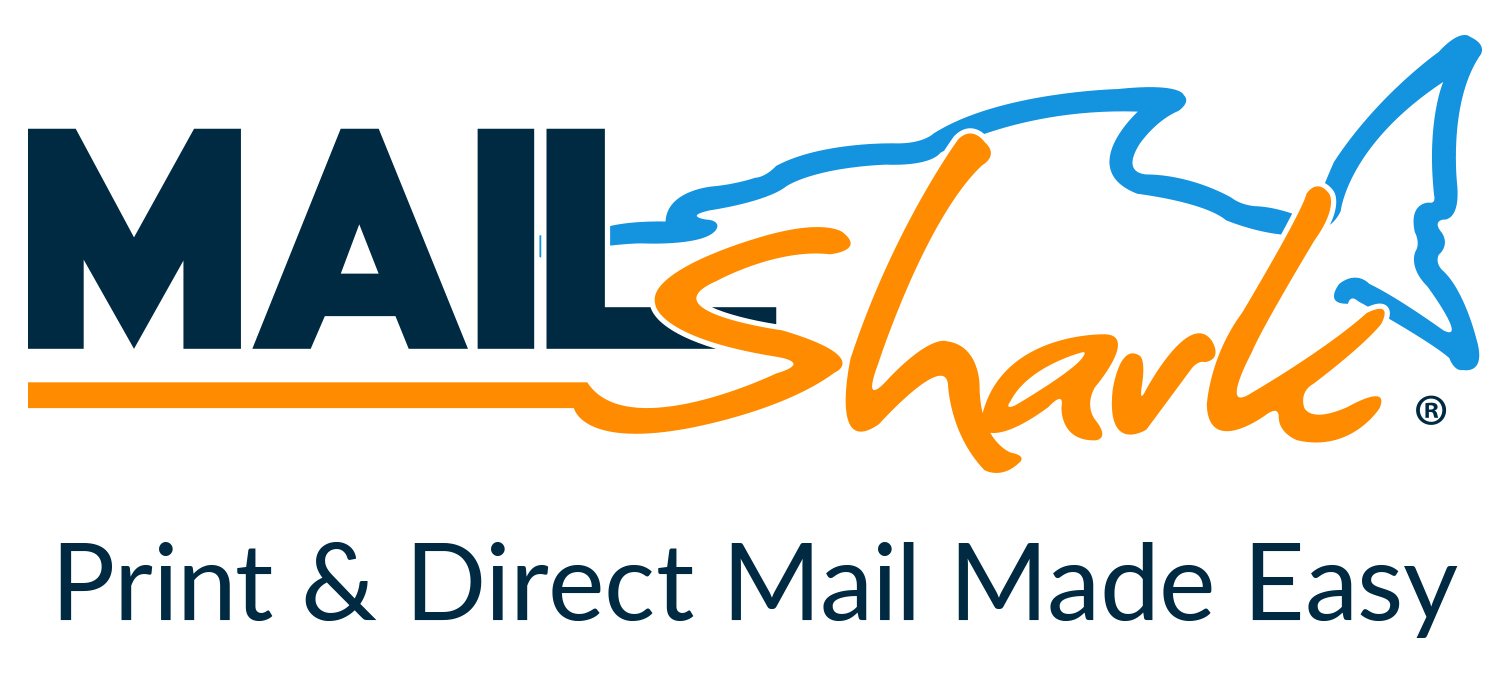Our experience with ADAS has been a truly amazing learning journey. Our learning journey is making us wonder what the direction of the industry is with ADAS and more importantly... how service center goals for growth and profit align with maintaining customer satisfaction while performing precise services with a skilled workforce that is in decline. If you're thinking about ADAS... you should read this first.
Another acronym being thrown around is ADAS, short for Advanced Driver Assist Systems. I think everyone is stuck staring at those four letters without understanding the liability that those 4 letters represent for the future of the automotive industry, regardless of how much safer they make vehicles on the road. As one of the first facilities in NJ to purchase and utilize the ADAS calibration system from Autel, we have some really unique experience with it and want to pass on some information you should be aware of when considering whether or not you want to jump in.
- Facility Is Too Small - Size matters, A LOT with ADAS calibrations and if you have less than 2500 sf of space with a booming business... chances are you don't have the room to perform calibrations. Your exact business configuration will help determine this, but you ideally need a location where you can pick up 10 feet of open space all around a vehicle for most calibrations, but some calibrations may require 20 feet or more.
- Floor Isn't Level - If your floor is uneven, you can't perform ADAS calibrations, period.
- Can't Program? - If you are not experienced with programming modules or updating vehicle modules, you will not be able to perform a fair amount ADAS calibrations.
- Can't Diagnose? - If you don't have a team that can efficiently and accurately troubleshoot the vehicles already coming into your shop, ADAS isn't going to be any easier, it's going to be significantly harder.
- Who Needs OE Information, I have "X"! - Replace X with All Data or Mitchell or even the instructions in your scan tool. What happens when the manufacturer updated the information on the procedures yesterday and they didn't share that information with anyone yet? We've already encountered steps missing from the Autel scan tool...
- Minimum Insurance Policy Is More Than Enough - We have more than double the minimum and we are worried it's not enough. With lawsuits that settle into the tens of millions of dollars, we're not sure what enough is anymore.
- Don't Document Your Process? - This is where a lot of people will scoff. Who has the time? Save pictures and files, where am I supposed to do that? Who's gonna pay for this? We've figured this out and more importantly... we get paid for documenting. Do you?
- Mobile Calibrations? - Besides the fact that you're trying to transport $20,000 of equipment needed for calibrations in a van, this one is so serious... we couldn't give you a 2 sentence paragraph, read below.
How are mobile glass services, like Safelite, performing calibrations on the go? We don't know, but we have A LOT of questions surrounding this. A recent calibration of a 2019 Toyota C-HR, after a windshield replacement, has some really interesting requirements. Requirements which we are used to, but we want to know... how is a mobile tech handling this? These are the requirements that must be met prior to starting a calibration:
Lastly, pay particular attention to this requirement in this photo...
In a world where reducing liability is at the forefront of most public discussions, there are sure a lot of companies undermining their insurance policy in the field.













Recommended Comments
There are no comments to display.
Create an account or sign in to comment
You need to be a member in order to leave a comment
Create an account
Sign up for a new account in our community. It's easy!
Register a new accountSign in
Already have an account? Sign in here.
Sign In Now